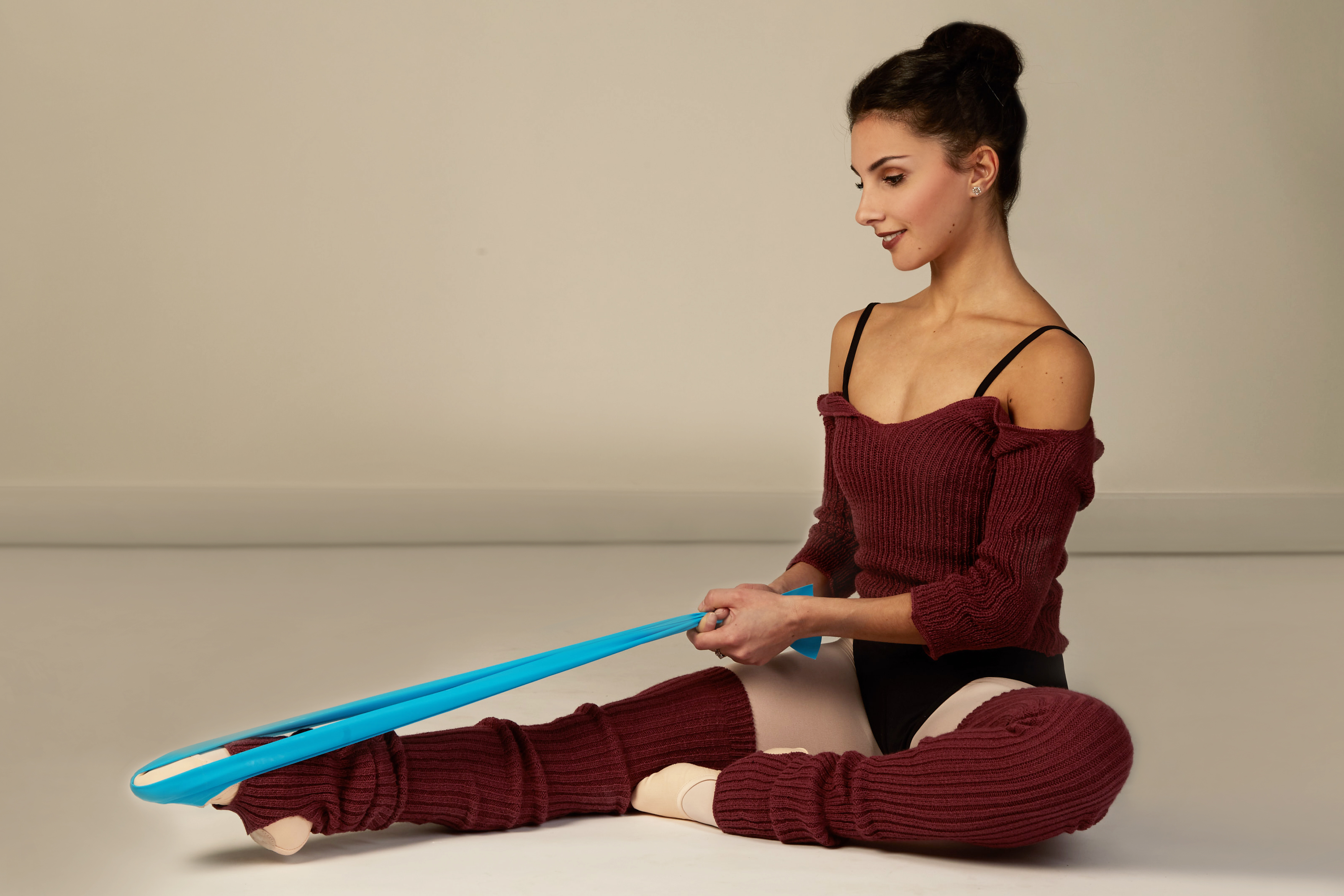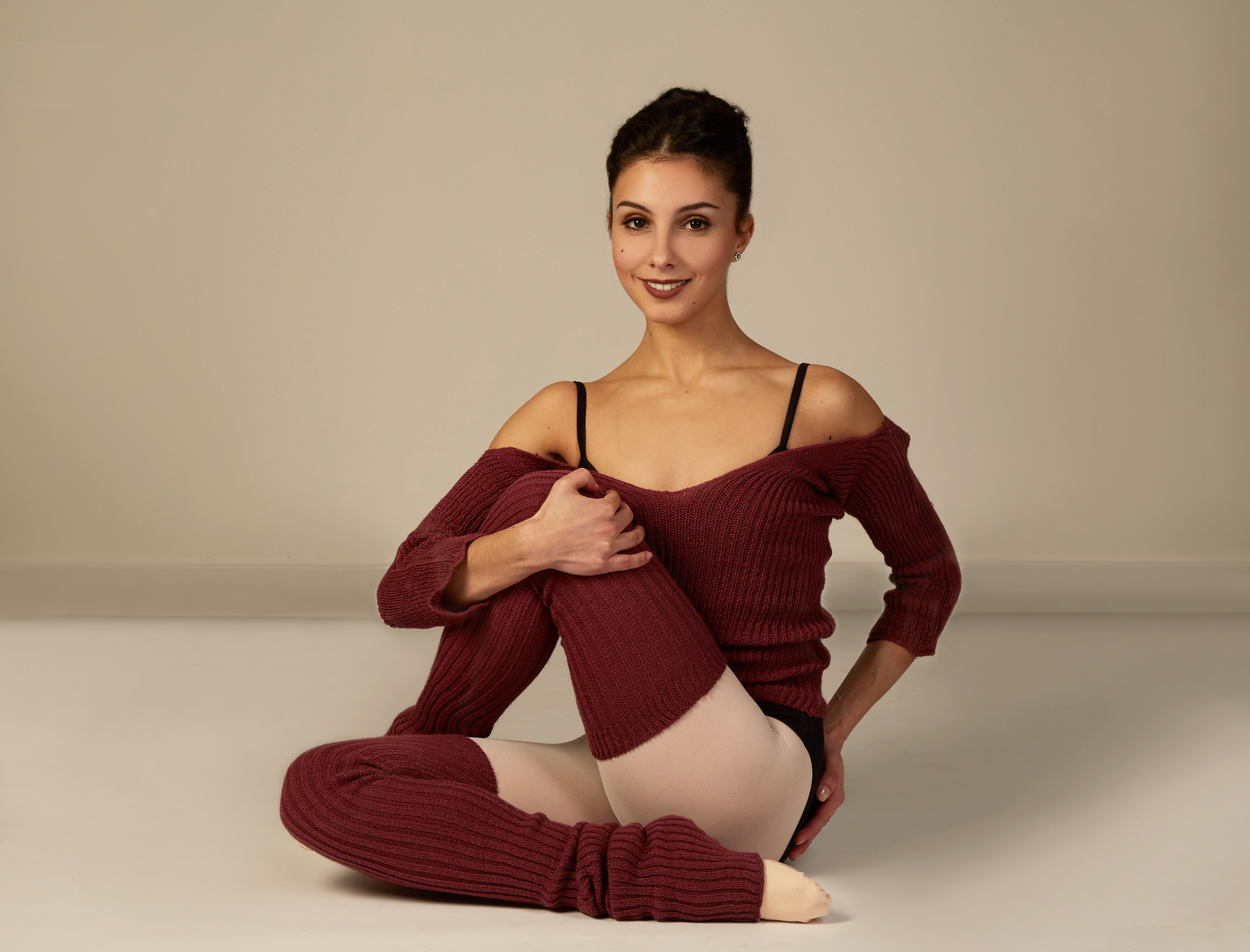The Importance of Warming Up and Cooling Down in Dance
By Move Dance on 18th Jul 2019
As dancers, we get it drilled into us how vital it is to warm up and cool down properly. Here at Move Dance, we’ve put together everything you need to know about the importance of warming up and cooling down, what you should include in your routines and how long they should take. Within the next 5 minutes you’ll know how to warm up and cool down like a pro!
Why should I warm up before dancing?
We understand how eager you can be to get dancing, trust us! However, there are a number of reasons you should make sure you complete a full warm up before dancing, a safe warm up allows your body to slowly increase in temperature. Your body temperature should rise approximately 1 or 2 degrees, and as you’ll already know, you need to be warm to work on your flexibility, so warming up is essential.
Most importantly, warming up correctly can help to prevent an injury or pulling a muscle. Obviously in dance if your muscles aren’t warm there’s a very high chance you could strain or pull something. For the sake of a quick warm up before you dance, it’s not worth risking an injury and having to take some time out to recover.
Warming up before you dance also improves your performance. It helps to decrease any tension in your muscles and body by mobilising your joints which will help you to work on your flexibility.
Completing a thorough warm up before you dance can also prepare you mentally for dancing. If you get yourself into a routine of completing certain warm ups before you begin dancing, not only will your body be ready to dance, but your mind will too. You follow dance routines, so following a warm up routine as well will be easy!

What should my dance warm up include?
A warm up should consist of multiple types of activities that warm up your whole body, simply stretching does not warm you up effectively. Trying to stretch without sufficiently warming up can actually have a detrimental effect and cause an injury. You should include a combination of heart raising exercises and simple, slow movements. Your warm up should not make you tired, the purpose of your warm up is to prepare and warm your muscles for the activity you’re about to carry out.
It’s best to split your warm up into 2 parts, firstly, a dynamic section and then a static section. The dynamic section warms up your joints and the static stretches ensure your muscles are ready for you to begin dancing.
The dynamic part of your warm up can be performing dynamic stretches such as leg swings or jogging on the spot. Start your dynamic warm up by moving your head up, down and side to side to warm up the muscles in your neck, then work your way down your body to your feet. This helps the blood flow to your muscles increase so your body is ready for your upcoming dance class or performance.
The static section of your warm up, as the title suggests, means stretching without movement. Popular stretches in a warm up for many dancers include toe touches, leg stretches and the splits position.
How long should my dance warm up last?
Your warm up can be as long as you prefer, some dancers enjoy a really long warm up to ensure their body is as ready as possible to dance and to decrease any chances of injury.
The dynamic part of your warm up should be no less than 5 minutes, your current level of fitness will determine how long your warm up needs to be. You need to make sure the warm up raises your heart rate but doesn’t tire you out - it’s down to you to find your happy medium.

Why should you cool down after dancing?
Need an excuse to be in the dance studio for longer? Do a longer cool down! It’s really important to cool down after dancing to get your heart back to its resting rate and cool your body temperature down gradually. A cool down has the reverse effect of warming up, therefore, it is equally as important. If you abruptly stop without cooling down this could cause dizziness, it’s important your blood flow slowly returns to your body’s resting rate.
Cooling down by stretching is important after any kind of exercise because of the build up of lactic acid that is produced while exercising, if lactic acid isn’t released through stretching it can cause cramps and discomfort. If that’s not a reason to make sure you cool down properly we don’t know what is!
What should my dance cool down include?
Your cool down should include plenty of gentle stretches. Slow stretches held for a reasonable length of time will help to release any lactic acid that has built up while you were dancing.
How long should my dance cool down last?
There is no set amount of time you should spend cooling down, it’s important that you listen to your body. Gentle stretches are essential and you should hold each stretch for at least 20 seconds, longer if you can. Your cool down should be the reverse of your warm up, therefore, your cool down is complete when you feel as close to how you felt before you originally started your warm up.
It’s also important to drink plenty of water after you have danced to replace any fluids you have lost during your dance workout.
So, there you have it, everything you need to know about warming up and cooling down when you dance!
And as always, Happy Dancing!

